Calf Sharing | Only Milk Once A Day {Or Only When You Need Milk}
Want to get a milk cow but scared of the commitment? Come learn about calf sharing and how it makes having a family milk cow easy and stress free! Milk twice a day every day? Not if you don’t want to!
The Easy Way To Have A Milk Cow
One of the homesteading goals for many people is to have some type of dairy animal whether it be a cow, goat, or even a sheep, to provide fresh, raw milk for their family. It kind of seems like the pinnacle of homesteading, doesn’t it?
But the truth is, many people miss out on the benefits and rewards of their own home dairy because they’re scared and intimidated by the thought of being chained to their homestead to milk their cow twice a day, every day, 365 days a year.
What about vacation? Bad weather? Drowning in milk or just don’t feel like milking?
Let me be the shining beacon of hope for you…there’s an easier way!!! It’s called calf sharing and it makes having a family milk cow so easy and flexible!
Exactly What Is Calf Sharing?
Actually, it would be much more intuitive to call it cow sharing because that’s exactly what you do. You share the cow with the calf. You get milk and he gets milk. {We have friends who have done this with their goats, but for today we’ll be talking about a family milk cow} It’s also referred to as milk sharing or share milking.
I’ll be honest, I grew up on a little farm and the only time that I ever remember not having some kind of home dairy animal is when they were for whatever reason all dry at the same time. At one point we even milked goats and a cow at the same time. That was a lot of milk!
Anyway, the point of saying all that is, that the whole calf sharing thing is all I’ve ever known when it comes to a milk cow. I didn’t know it was a “thing” or that some people don’t do it. I actually didn’t even know that it was called calf sharing until recently. That was just how you did it in my mind.
How Do You Calf Share?
There are a couple of different ways you can manage calf sharing with your cow. You can keep your cow and calf/calves separated all of the time and only let the calves with your cow to nurse. This is the way we did it when I was growing up.
What we’ve recently started doing however, is separating them either at night to milk in the morning or during the day to milk in the evening. So what does that actually look like?
In the evening, at chore time, we feed our {sometimes} sweet Jersey milk cow and get her calves into the pen. After she’s finished eating, we turn her back out to graze all night but leave them in the pen, separated from her. We go out and milk in the morning. After we finish milking how ever much we want or need, we let her and the calves back out together for the day. Come evening time, we get her in, feed her and separate them out for the night. And so the cycle goes.
When Do You Start Calf Sharing?
You want to leave your newborn calf with it’s mama for the first week for him to be able to get all of the rich, nutritious colostrum that she makes before she starts producing milk. The colostrum is super nutritious and you don’t want your little calf to miss out on it! If you need to relief milk her any during that time to help the little calf empty her udder, you can freeze the extra colostrum in case you need it in the future.
After that, it’s fine to start separating your calf for the approximately 12 hours either at night or during the day leading up to when you want to milk. Just be sure the calf or calves have fresh water and nurse really well when they’re rejoined with their mom.
You’ll also want to make sure your calf is removing enough milk. For a couple of months you may have to milk as well as let the calf suck if you have a high producing dairy cow unless you get another calf for her to foster, which we’ll talk about a little farther down.
How Long Can You Calf Share?
The wonderful thing about calf sharing is that you can do it for as long as the cow is in milk! Once your first batch of calves are ready to wean, you can buy new ones for the cow to foster.
I keep saying calves so I also want to talk about that for a minute. We always have 2 calves on our milk cow to make sure she stays drained out really well, especially if we don’t milk and only let the calves nurse. Typically one calf is the milk cow’s own calf and then we buy a nurse calf to put on her as well.
Growing up, we typically raised 4 calves on a cow and once or twice we even raised 6 calves during one lactation cycle! Back in those days, my dad raised them to sell as beef to some of our local friends. So just because your calves are ready to be weaned, doesn’t mean you have to start milking twice a day if you don’t want to.
Depending on your cow, the process of getting them to accept the new calves could be really easy or really difficult. Most cows accept new calves willingly after a few days. Having a milking stantion comes in really handy for keeping a cow contained when trying to get a new baby calf to start sucking and them used to the new arrangement. And especially if you have a stubborn, ornery cow that’s not wanting to accept the new calves.
What If You Don’t Need Milk?
If we don’t need milk or for whatever reason can’t milk one morning, we simply let the calves back with the cow and they drain her out! To be honest, at this point we only milk a couple of times a week since it’s just my husband and I and we can’t drink that much milk before it starts to sour.
What Are The Benefits Of Calf Sharing?
There are so many pros of calf sharing that I honestly don’t know why anyone wouldn’t do it!
1. First and foremost, having calves to nurse your milk cow gives you so much freedom and flexibility that you just don’t have any other way! If you want to milk twice a day you can do that but if you only want to milk a few mornings {or evenings} a week you have the option to do that too!
2. Not being tied to the homestead. If you need to be gone for the weekend or have been wanting to take a vacation, you can turn the calves out with the milk cow and not have to worry about trying to find someone with knowledge and experience to come twice a day to milk your cow. Sometimes that’s a difficult thing to find!
3. Relieves stress about having to milk every last drop out of the udder and practically eliminates the risk of mastitis. You do have to be careful with dairy animals and make sure you drain their udders when milking or you run the risk of them developing mastitis which can ruin an udder if not promptly treated. Those calves will drain her out completely!
4. Raise freezer calves or expand your herd. We keep our freezer filled with fresh beef just by raising extra calves on our milk cow. It’s a super win-win! You could also be strategic when buying an extra calf if you wanted to raise some to keep and expand your herd. Or you can always raise a calf to sell if you want to recoup some of your costs but aren’t ready to send your calves to butcher.
5. Healthier calves. Just like formula vs breastfeeding for a baby, the mothers milk is what the baby calf was made to drink and he’ll be the healthiest he can be by drinking her milk. Milk replacer can raise a healthy calf and we’ve raised a few bottle calves through the years, but cow milk is definitely optimal for a calf.
6. Save tons of money vs bottle feeding the calf plus it’s so much easier than bottle feeding! Calf milk replacer gets really expensive, really fast! Not only that but a lot of times the excitement of bottle feeding a calf can wear off after the first few days and then it can easily become more of hassle if it’s not something you really enjoy. I always thought raising a bottle calf was fun but there will definitely be days where it’s not so fun!
7. Get as little or as much milk as you want. Whether you need three gallons of milk a week or 2 gallons a day, you can easily get just the right amount but still have the freedom to skip days milking if you need to. Also just not having to stress about milking all of the milk out every. single. time. There are days that our cow decides to be difficult where that would be nearly impossible!
What Are The Drawbacks Of Milk Sharing?
1. You get less milk. You’ll naturally get less milk when having a calf on your cow as well as milking but for me, this isn’t necessarily a drawback! For a commercial dairy of course it would be but for the typical family with a milk cow, you can still get more than enough milk!
Not to say that some people don’t want that much milk, but some cows produce upwards of 3-4 gallons per milking! Some breeds like Holstien may produce even more than that.
2. Depending on how many calves you keep on your cow, you may need to feed grain or pellets to keep her production up. Many people these days are opposed to feeding anything other than hay or grass which would naturally mean you’ll get less milk and you may not be able to support milking and a big calf or 2 without supplemental feed.
The Bottom Line
While I personally think that it would be crazy to have a family milk cow and not do calf sharing, it’s totally up to you and what your goals are for your homestead. It’s always worked out so well for us and gives so many more options. Not to mention the flexibility of not having to milk your cow twice a day every day of the year.
Pin It To Your Favorite Homestead Board:
Thank you so much for stopping by our little homestead! If you’d like to see more of the day to day happenings around here, be sure and follow along on Instagram. We’re also on Facebook!
You May Also Like:
Homestead Gift Guide | Homestead And Farm Essentials
Homemade Ranch Dressing Or Dip Recipe
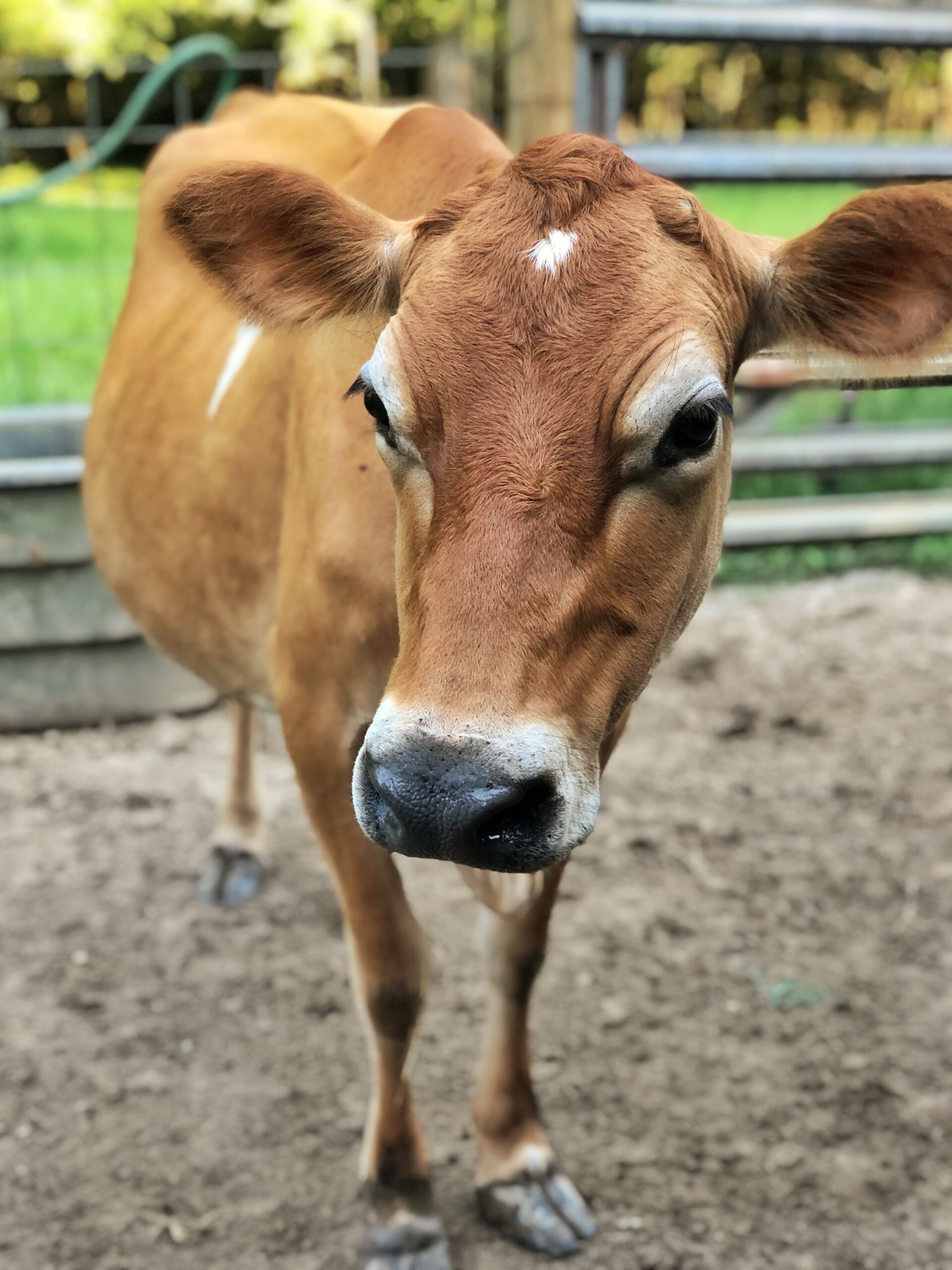
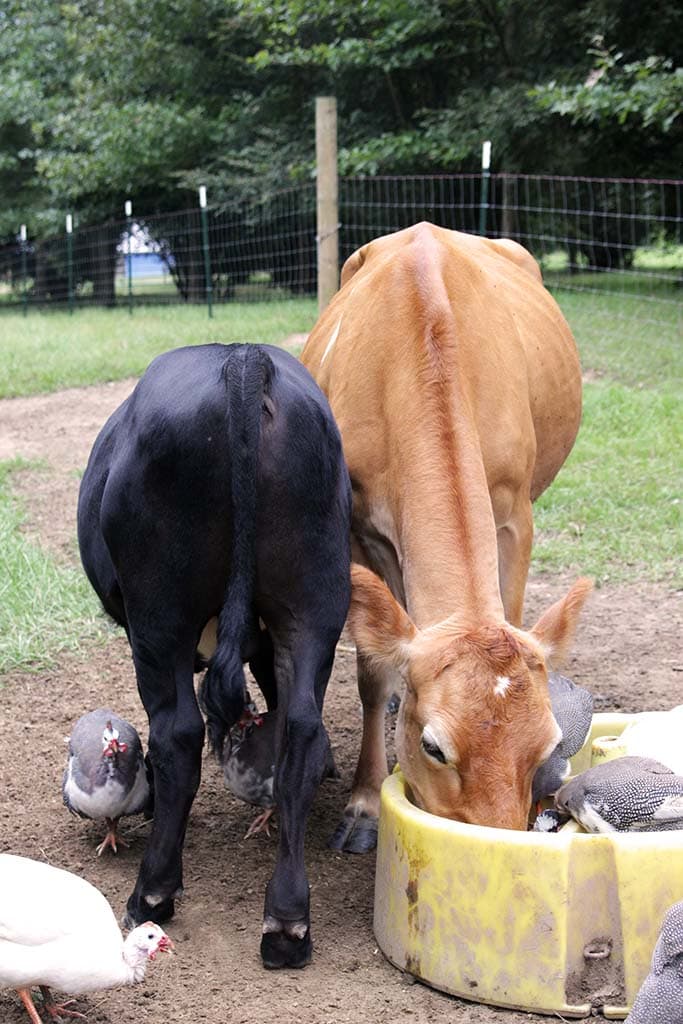
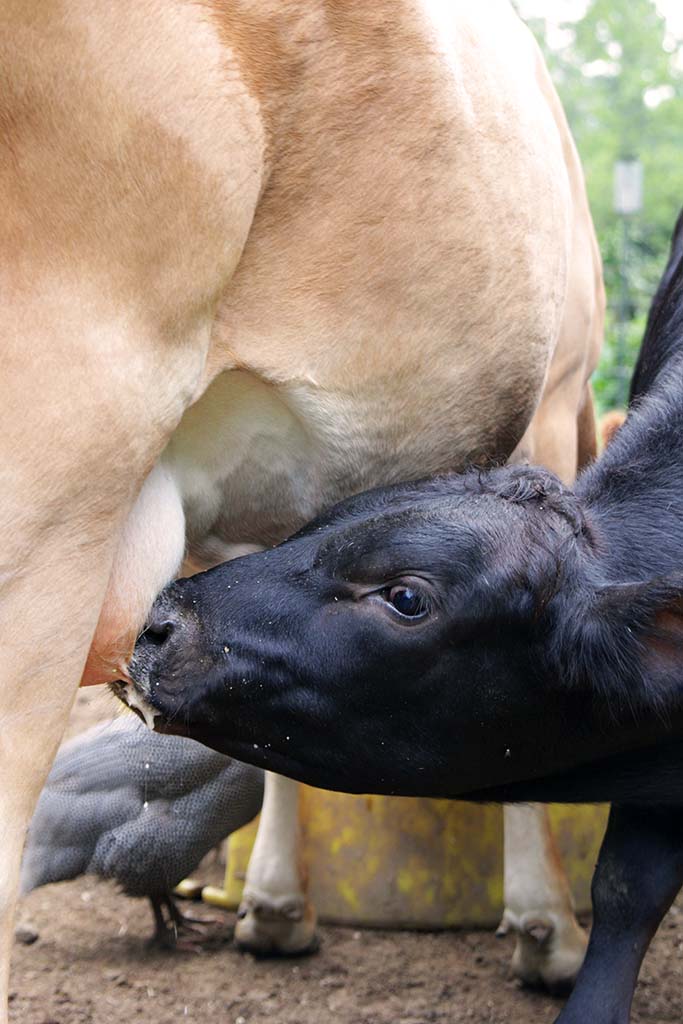
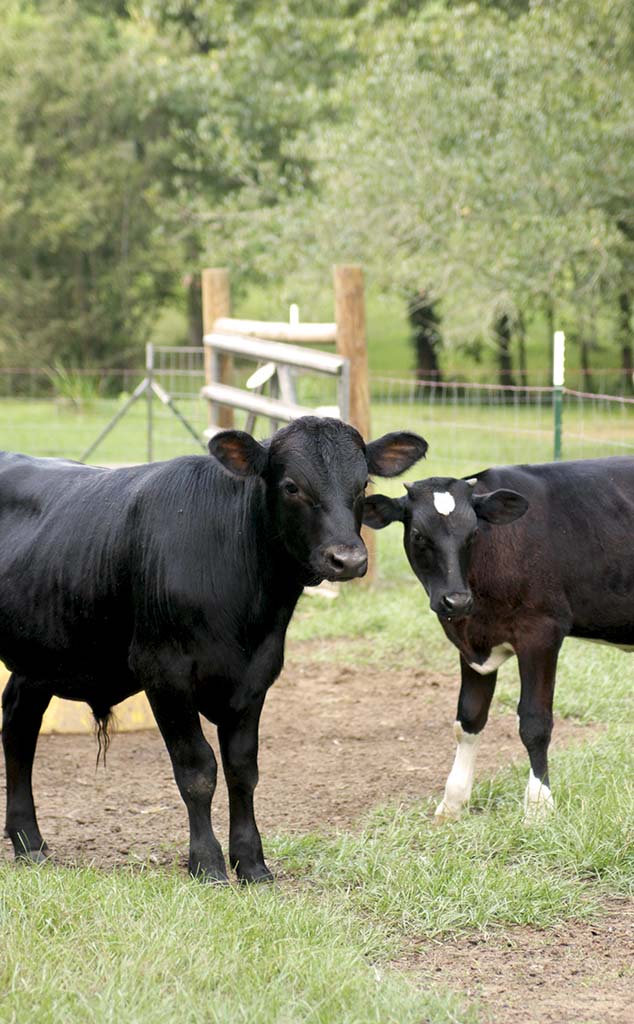
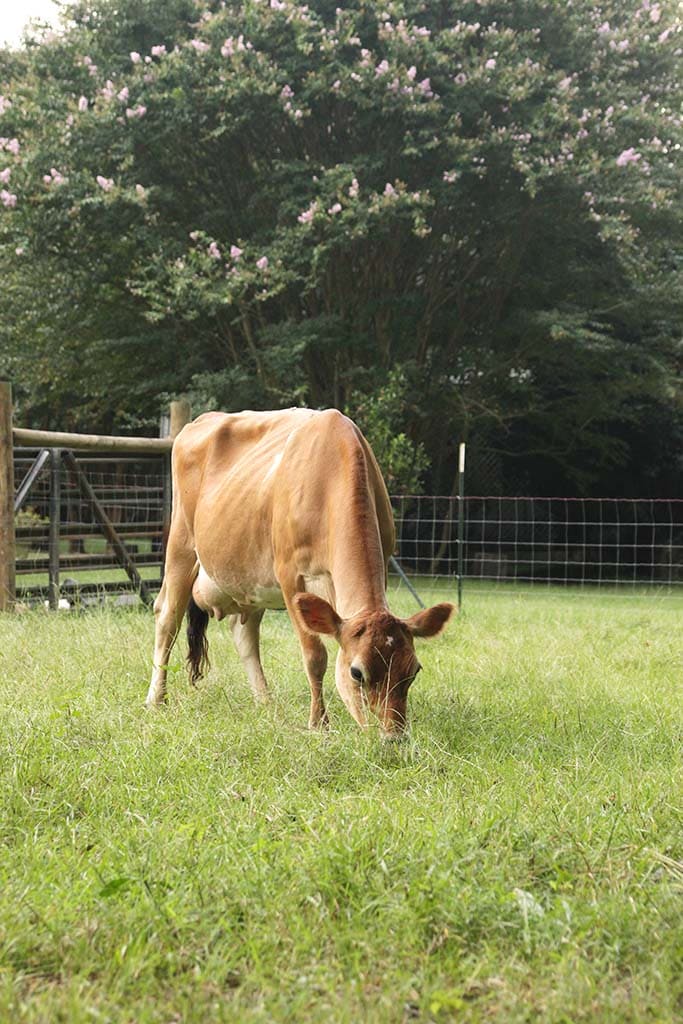
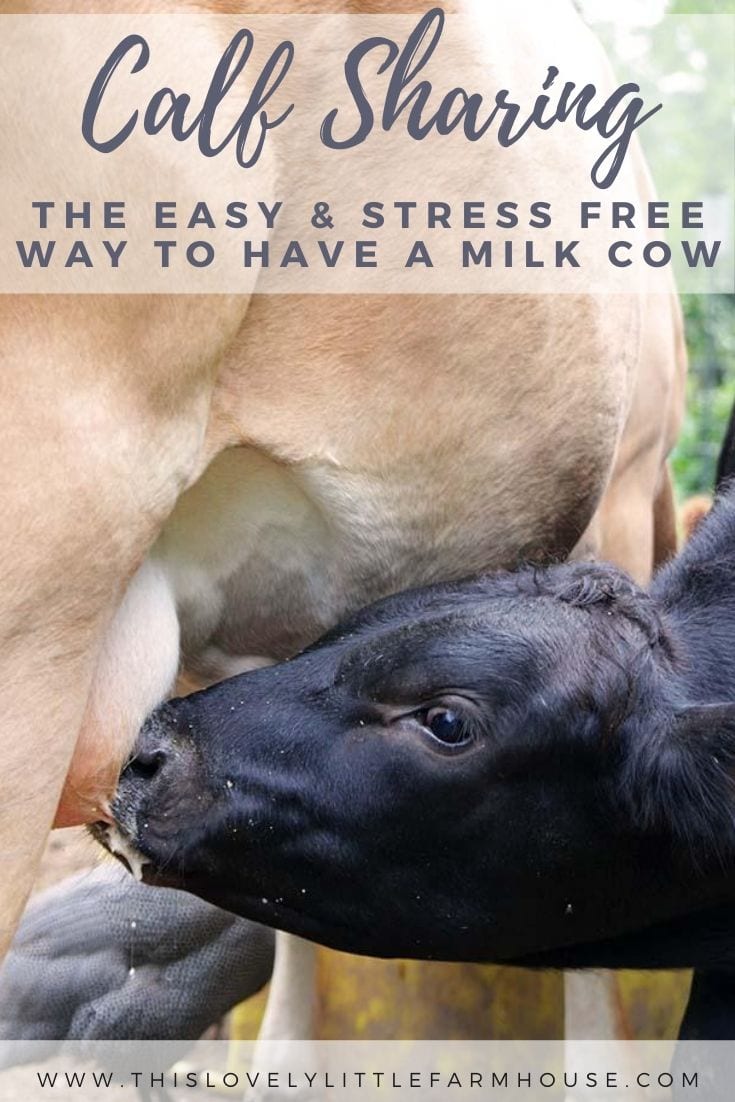

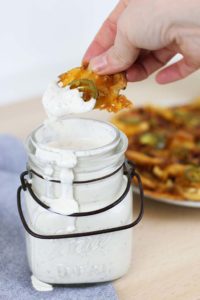
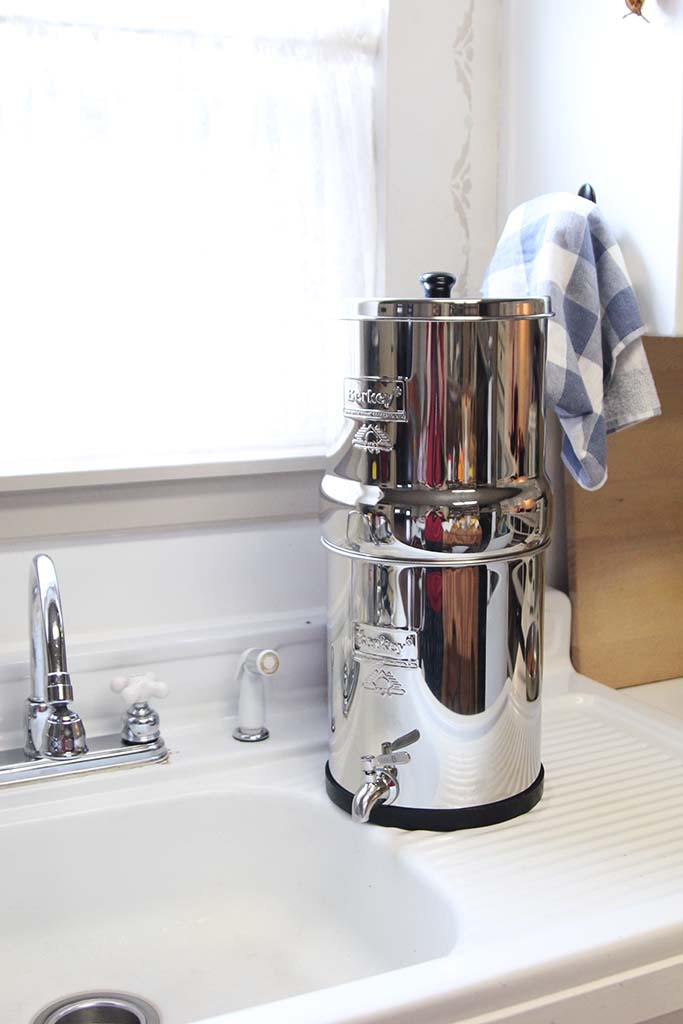
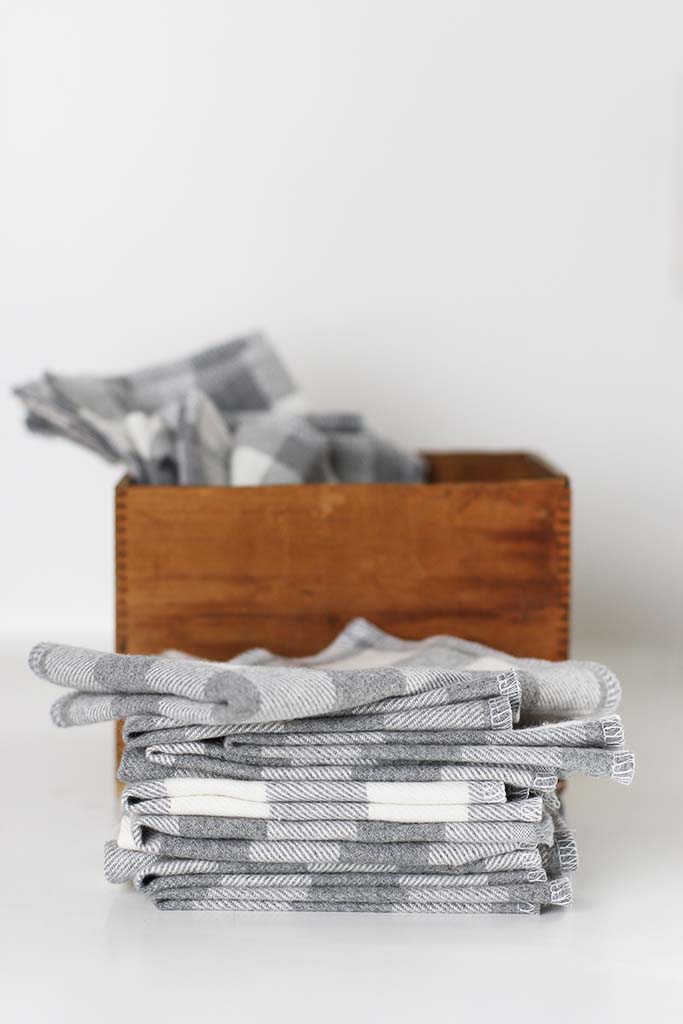
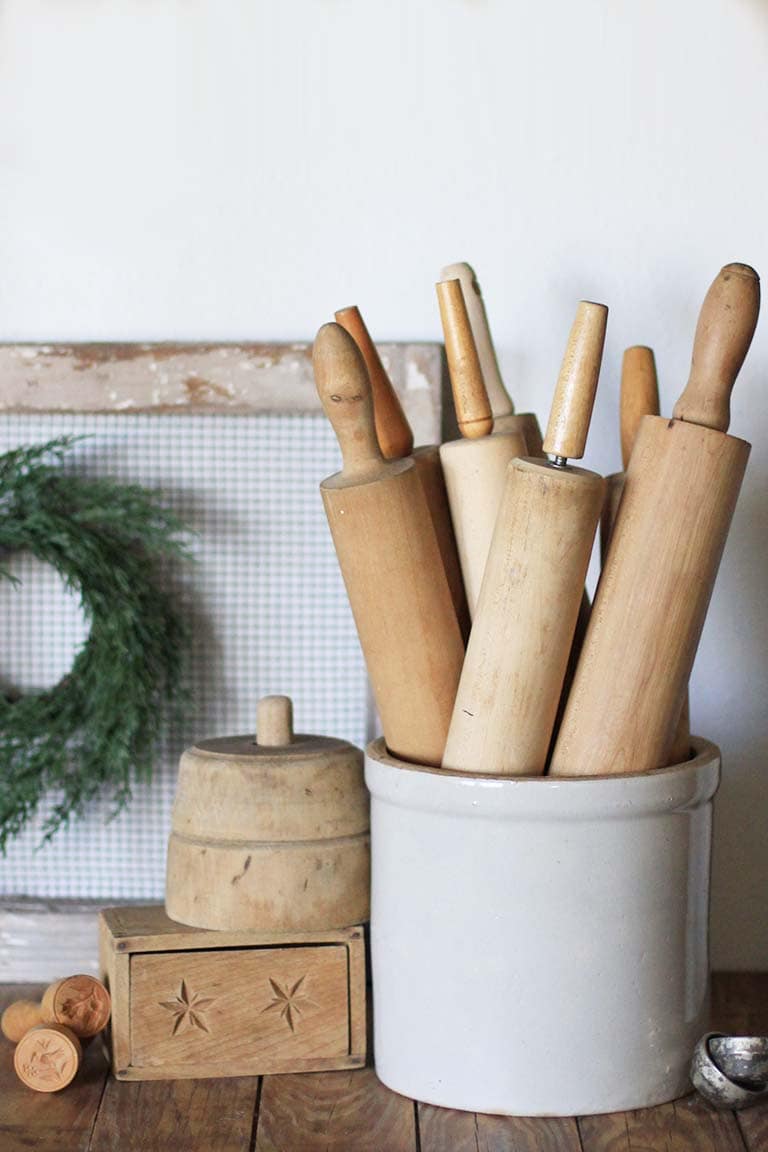

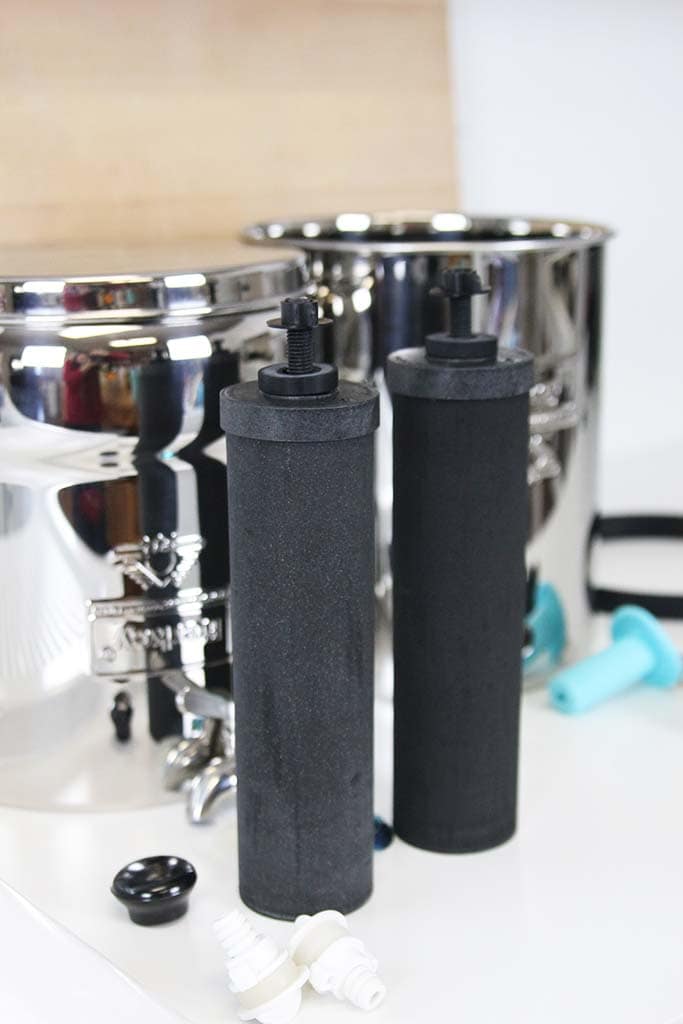
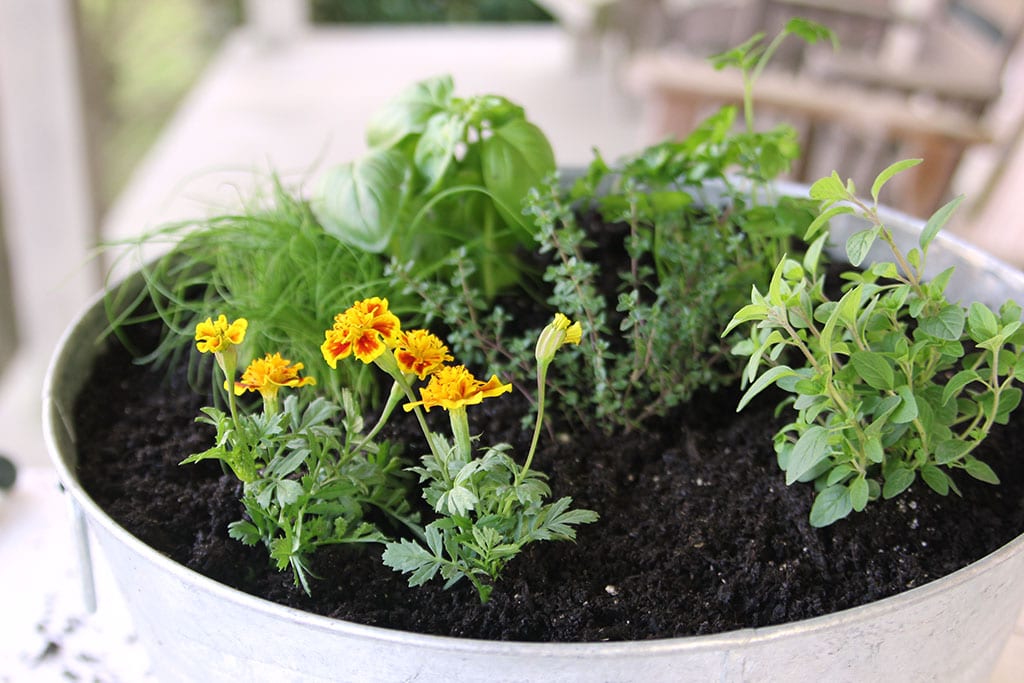
Would calf sharing be good for me? We need about 1-2 a week(family of 4) and I hoped I could milk once a week on Sundays and keep the calf with her the rest of the time.
Hi Joe.
I am so very sorry that it’s taken me so long to reply. Honestly, I think it’ll be a huge challenge to calf share if you’re only wanting to milk one time a week. We’ve done it and only milked 1-2 times but it really depends so much on your cow. My dad who has had a milk cow almost his whole life was shocked that we were able to do that with her. Most of them really need more consistency than that. The one thing that I can recommend to increase your chance of success with it would be to either a) keep the calves separated all the time. Then, morning and night let her into the milking stall to eat while they suck or you may could get away with b) keeping them with her and letting her into the milking stall morning and night to feed her. It’ll definitely take a special/good cow but I think that kind of routine would greatly increase your chances of success. When we were milking so infrequently we were doing the first option because she never really accepted one of the calves and that’s the only way she’d let it suck. So I definitely know it’s not impossible, but so much of it will depend on your cow. I hope this helps!
If we were to use a milking machine and then turn the calf out to suckle, is there an increased risk of bacteria getting into the teats. Just wondering if the machine would have a different effect than hand milking on the opening in the teats.
Hi Marie! I apologize that I’m just now seeing your comment! I can’t see why it would make any difference whether you were milking by hand or by machine. You should be fine either way!
Hello,
Your article was very helpful. We just had our first calf Jersey heifer calve about 5 days ago. We have gotten many comments from traditional dairy farmers about how we should be milking twice a day because the cow looks full but we are calf sharing. Will the calf truly keep the cow empty enough to prevent mastitis? I am constantly second guessing myself because I don’t want the cow to be uncomfortable but it seems that most farmers we’ve talked to are not really familiar with calf sharing.
Thank you!
Juliana
Hi Juliana!
I’m so sorry that it’s taken me a few days to get back to answer you. You’re right about most traditional dairy farmers not being familiar with calf sharing. It would be very counter-productive to their goal.
We always keep 2 calves on our cow and will only milk about a gallon per milking. Doing that, we could easily skip a milking (or only once a day) and they wouldn’t have any problems draining her. If you have a very high producing Jersey and only one small calf, you may need to be milking more out to help him drain her until he gets bigger.
Does the cow look full after you’ve milked and the calf has sucked? If her bag looks floppy and soft after the calf is done, you’re good. If it still looks full and hard, you’ll either need to milk more out or get a second calf to put on her. And too, it does take a while for her milk supply to regulate so you may need to milk her out just a little on your “off” time until she’s not overproducing as much.
Some cows tend to be more prone to getting mastitis and some rarely have any problems. In all of the years that we’ve done this, we’ve only had to treat for mastitis a few times and that was when we had missed some times of letting her in with the calves in the evening.
I hope that’s helpful! If you have any more questions, or need clarification, I’ll do my best to help.
Rachel
Hey there! Our cow freshened in March and we were getting 2 gallons/milking twice a day with the calf on 24/7! So we added another calf and now we get nothing. My question for you is if I separate them at night, how will I be sure the calves are getting enough?
Thank you so much for this post! It helped inspire us to get our cow 💕
Take care,
Sadie
Hi Sadie!
I’m sorry, I meant to answer last night when I saw your comment, but…kids.
First, I’m so very glad that the post was helpful and inspired y’all to get your first cow! That’s the best feedback ever and makes me so happy!
So, there will be a couple of different things at play here. When your cow first freshened, she was likely overproducing and with such a little calf it was easy to get that 2 gallons plus the calf still drink it’s fill. Just like when a woman is engorged when her milk comes in.
What kind of milk cow do y’all have? Since milk production is mostly based on supply and demand, she *should* have no problems producing enough for you and the calves. That being said, some breeds just produce less milk overall. Some of it will depend on if you are supplementing her with feed as well. For instance, we feed our small Jersey quite a bit of feed as her calves get bigger to help keep her production up.
You definitely can’t milk her empty though. What works for us is separating them at night, milking a gallon to 2 gallons in the morning and then letting the calves nurse. If you want to just milk once a day, you could then leave them with her all day. That way they could nurse all day long as well. If you think about it, with a bottle calf, you would feed them once in the morning and once at night and that’s plenty enough to keep them growing. Once they start eating grass/hay/feed, milk isn’t their only nutrient source anyway. But I would definitely make sure they do have something other than milk as soon as they’re ready whether that be grass or feed.
Honestly, the short answer would’ve been it’s how we’ve done it since I was a kid and the calves always grow! The proof is in the pudding haha
If there was anything I didn’t quite answer or if you have any specific questions please let me know and I’ll do my best to help. So excited for y’all…fresh milk is THE BEST!!!